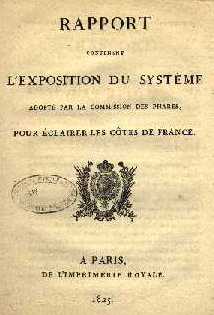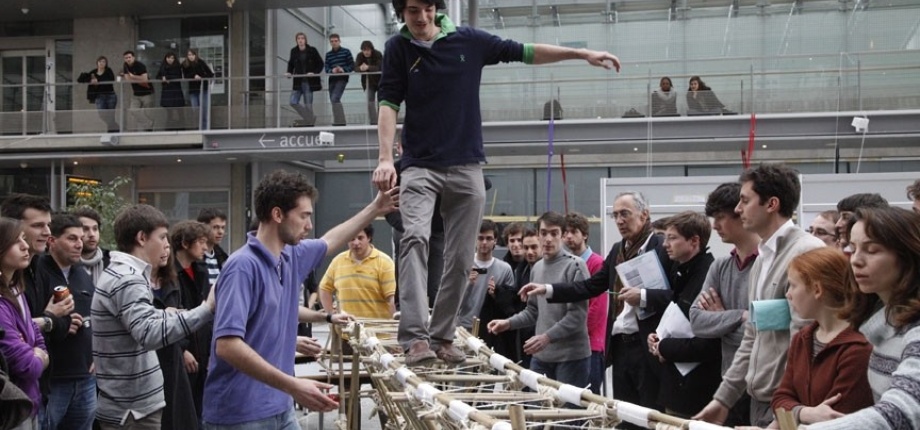The guiding light
A law of 1792 gave the Navy responsibility for the surveillance of lighthouses, marker buoys, tuns and light ships around the coasts of France. In 1806, this role was transferred to the Ministry of the Interior. The Ponts et Chaussées corps then took control of maritime signalling. Its activity was overseen by a Lighthouse Commission, set up by Count Molé, Director-General of Ponts et Chaussées, in spring 1811.
This Commission still holds regular meetings. It only became really active after the fall of Napoleon, when it ran scientific experiments to compare the effectiveness of different lighting systems.
Is acquired its legitimacy from the presence of representatives of scientific, administrative and maritime authorities based in Paris. The year 1817 saw the emergence of a new figure, a sort of hybrid between astronomer, sailor and engineer – the hydrographer, responsible for preparing and drawing marine charts.
The most important document produced by the Lighthouse Commission is a “Report containing the description of the system adopted by the Lighthouse Commission to light the coasts of France”, published in 1825.
des phares pour éclairer les côtes de France", rendu public en 1825.


